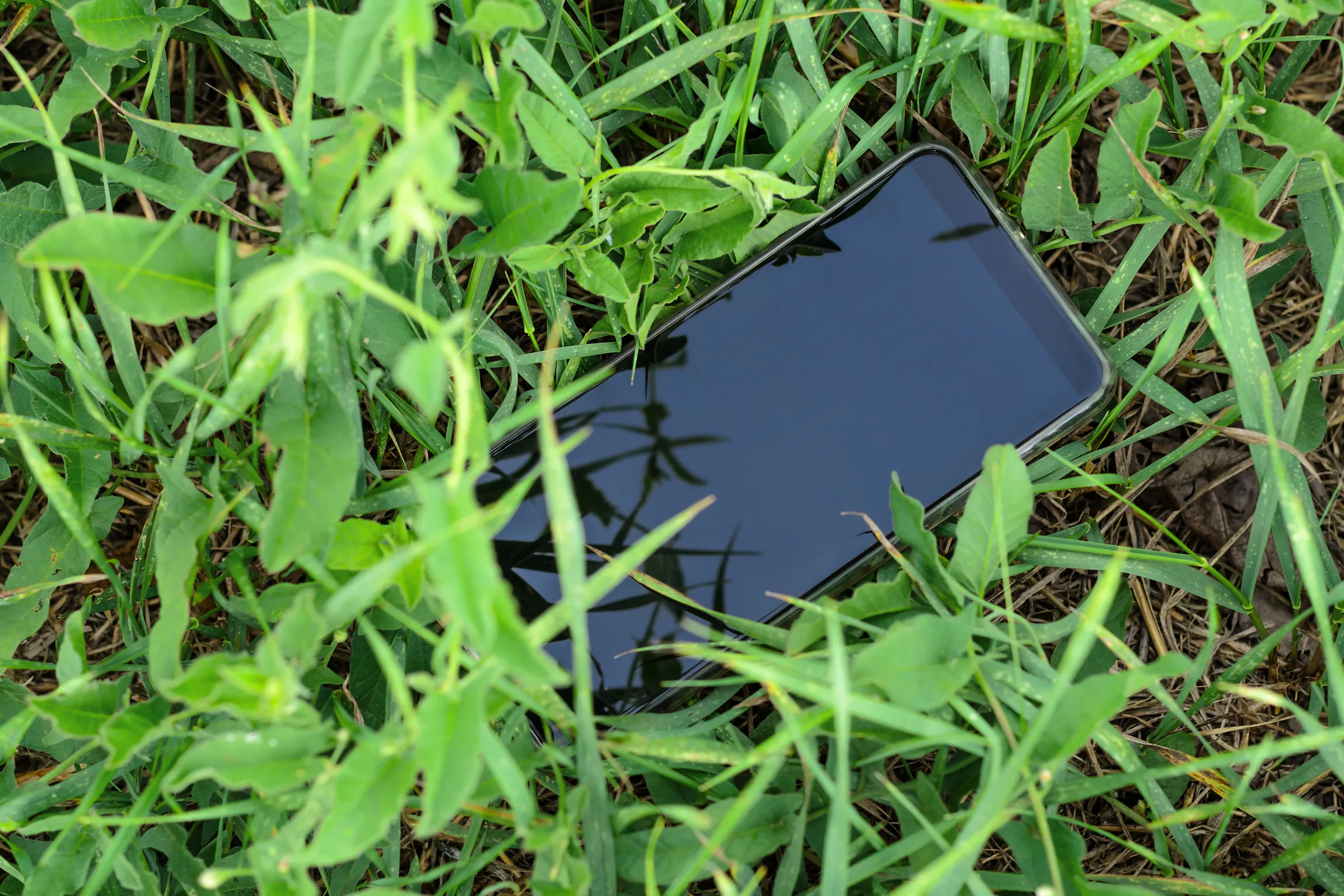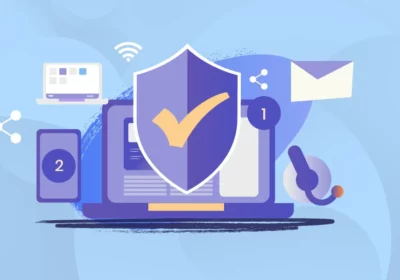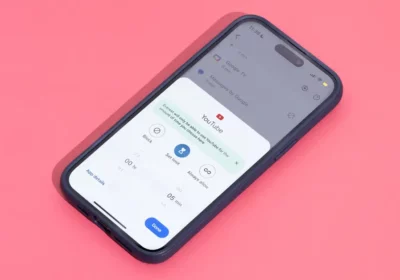Losing your phone can be a frustrating and stressful experience. Whether it slipped out of your pocket at a restaurant, you left it on a bus, or it was stolen, finding a lost phone is a top priority for most people. Fortunately, various tools and methods can help you locate your device and increase your chances of getting it back. In this comprehensive guide, we’ll explore the steps and strategies to find a lost phone quickly and efficiently.
1. Use a Phone Finder App:
Many smartphones come with built-in features and apps that allow you to locate your device. Here’s how to use them:
A. Find My iPhone (Apple):
- For iPhone users, “Find My iPhone” is a built-in feature. To use it:
- Open the “Find My” app on another Apple device or visit the iCloud website.
- Log in with your Apple ID.
- Select “All Devices” and choose the lost iPhone from the list.
- You can view the device’s location on a map and perform actions like playing a sound, enabling Lost Mode, or erasing the device remotely.
B. Find My Device (Android):
- Android users can use “Find My Device,” which is a built-in feature. To use it:
- Visit the “Find My Device” website (https://www.google.com/android/find) and log in with your Google account.
- You’ll see your device’s location on a map, and you can perform actions like ringing the device or erasing it.
2. Use Third-Party Tracking Apps:
In addition to built-in phone finder apps, there are third-party tracking apps available. These apps offer additional features and compatibility with various operating systems. Some popular options include “Prey Anti-Theft,” “Where’s My Droid,” and “Cerberus.”
To use a third-party tracking app:
- Download and install the app on your device.
- Set up your account and configure tracking settings.
- If your phone is lost, log in to the app on another device or visit the app’s website to track your phone’s location and perform actions like sounding an alarm or locking the device.
3. Call or Text Your Lost Phone:
Sometimes, a Good Samaritan may find your phone and try to return it. Calling or texting your lost phone may prompt the finder to respond. If your phone is locked, the finder might see your contact information on the lock screen or in your contacts and get in touch with you.
4. Check Nearby Locations:
If you have a general idea of where you lost your phone, physically search nearby locations. Retrace your steps and ask people in the area if they’ve seen your phone.
5. Use a Friend’s Phone:
If you can’t find your phone and need to communicate or track it, borrow a friend’s phone. Use it to call or text your lost phone. In some cases, you might be able to remotely access your phone’s tracking features using a friend’s device.
6. Inform Your Service Provider:
Contact your service provider or carrier and report your lost phone. They can suspend your service to prevent unauthorized usage or charges. Your provider may also be able to help you track your device if it is still connected to the network.
7. File a Police Report:
If your phone was stolen or you believe it was, consider filing a police report. Having an official record can be helpful for insurance claims and legal purposes.
8. Lock and Secure Your Device:
If you have reason to believe your phone is lost or stolen and you can’t recover it, it’s essential to secure your device and data. Here’s how:
A. Lock Your Device:
- If you have a device lock (PIN, password, fingerprint, or face recognition), remotely lock your phone to prevent unauthorized access. This will secure your data and prevent anyone from using your device.
B. Erase Your Data:
- If you can’t recover your phone, and you have concerns about the security of your data, you can remotely erase all the data on your device. This is a critical security measure to protect sensitive information.
9. Consider Insurance:
If you have phone insurance, contact your insurance provider and report the loss or theft of your phone. They can guide you through the process of making a claim and potentially replacing your device.
10. Prevent Future Loss:
Once you’ve found or recovered your phone, take steps to prevent future losses:
A. Use a Phone Locator Service:
- Enable and set up a phone locator service like “Find My iPhone” or “Find My Device” on your device. Make sure it’s active and regularly check that it’s functioning correctly.
B. Use a Tracking App:
- Consider installing a third-party tracking app that offers additional features, including remote locking, data erasure, and more.
C. Backup Your Data:
- Regularly back up your phone’s data to a cloud service or computer. This ensures that you won’t lose valuable information even if your device is gone.
D. Secure Your Device:
- Use security features such as screen locks, biometric authentication, and encryption to protect your device and data.
E. Be Cautious in Public:
- Be vigilant when using your phone in public places, especially in crowded areas or while traveling. Avoid leaving your phone unattended.
F. Insure Your Phone:
- Consider phone insurance to help cover the cost of a replacement device in case your phone is lost or stolen.
Conclusion:
Losing your phone can be a disconcerting experience, but with the right actions and strategies, you can increase your chances of recovering it. Phone finder apps, third-party tracking apps, and helpful features like remote locking and data erasure are essential tools for finding a lost phone. Remember to take preventative measures to secure your device and data, and stay cautious when using your phone in public spaces. By following the steps outlined in this guide, you can quickly recover your lost phone and protect your information.



